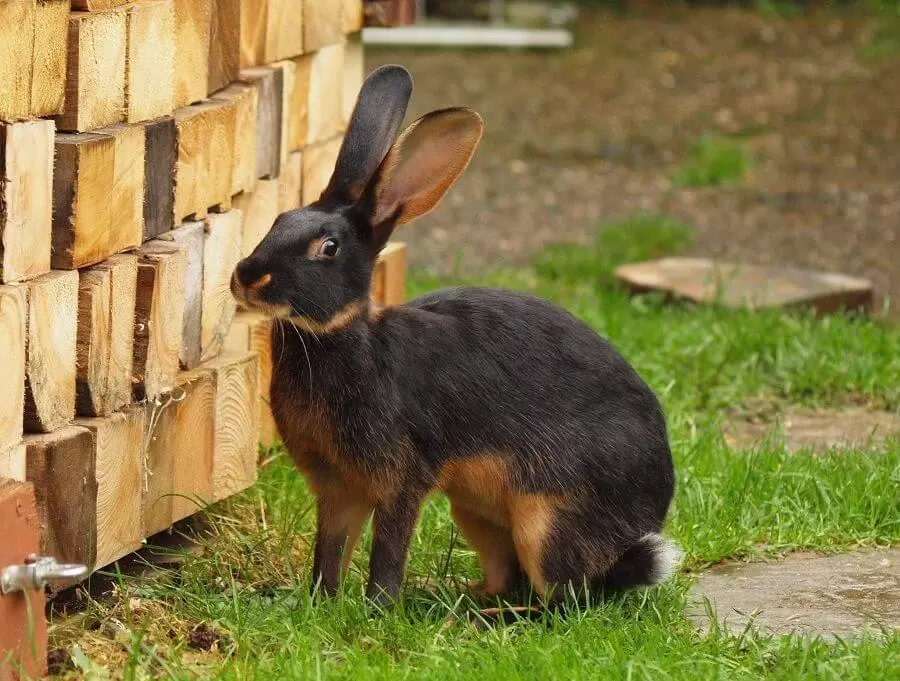- COUNTRY OF ORIGIN: England
- YEAR RECOGNIZED: 1914
- USES: Pet, show
- WEIGHT: 9.5 pounds (4.3 kg) max., senior bucks and does
- BODY TYPE: Full-arch
- FUR TYPE: Flyback; ARBA Commercial Normal Fur Standard
- COLORS: Rich, deep chestnut over slate-blue undercolor with black ticking
THE BELGIAN HARE’S SLENDER, FULL-ARCH BODY suggests that of a wild hare. Its genetic origins are unknown, but it’s likely that Flemish Giant, Patagonian Rabbit, and Stone Rabbit were among its ancestors. The breed originally appeared in a heavier, more squat conformation than the modern Belgian.
When Winter W. Lumb imported a more or less related group of Belgian-bred rabbits to England in the 1870s, he recognized their potential and immediately plunged into the business of refining them into a fixed breed. The new breed created considerable and increasing buzz in the United States upon its importation in 1888. Six thousand Belgian Hares reached U.S. shores in 1900.
The value of what was then a novel breed can best be understood by the sale of a buck from England for $5,000 in 1900. Rabbit authority Bob Whitman wrote that, in effect, the breed had kickstarted the U.S. rabbit industry. The crest of the Belgian Hare wave peaked in 1901, but the breed remained the most popular rabbit in the United States into the 1920s.
Among the domestic breeds, Belgian Hares are unmistakable. Their front legs and ears are long and slight. Their comparatively rough fur is deep red-tan or chestnut with a slate undercolor.

